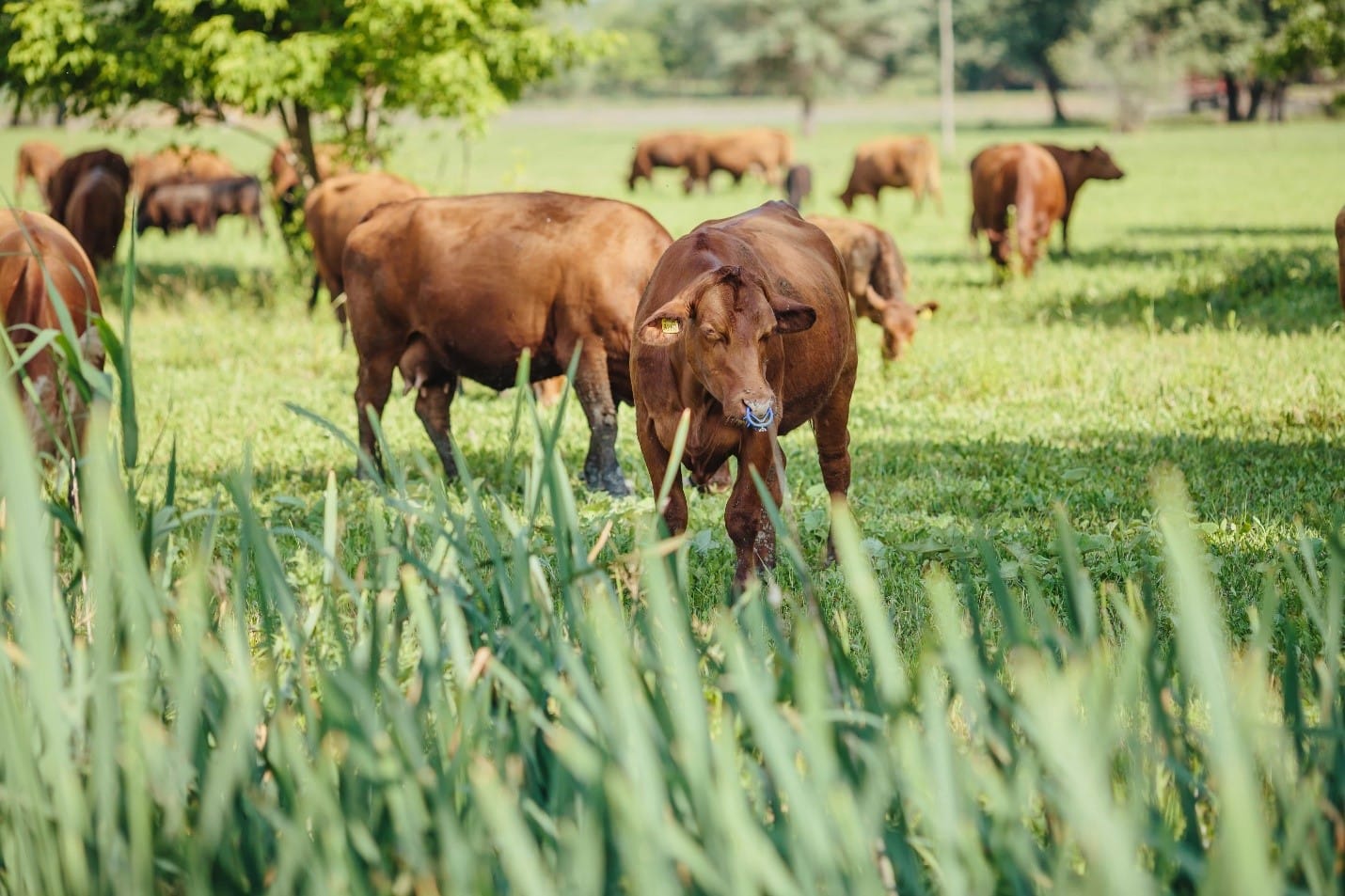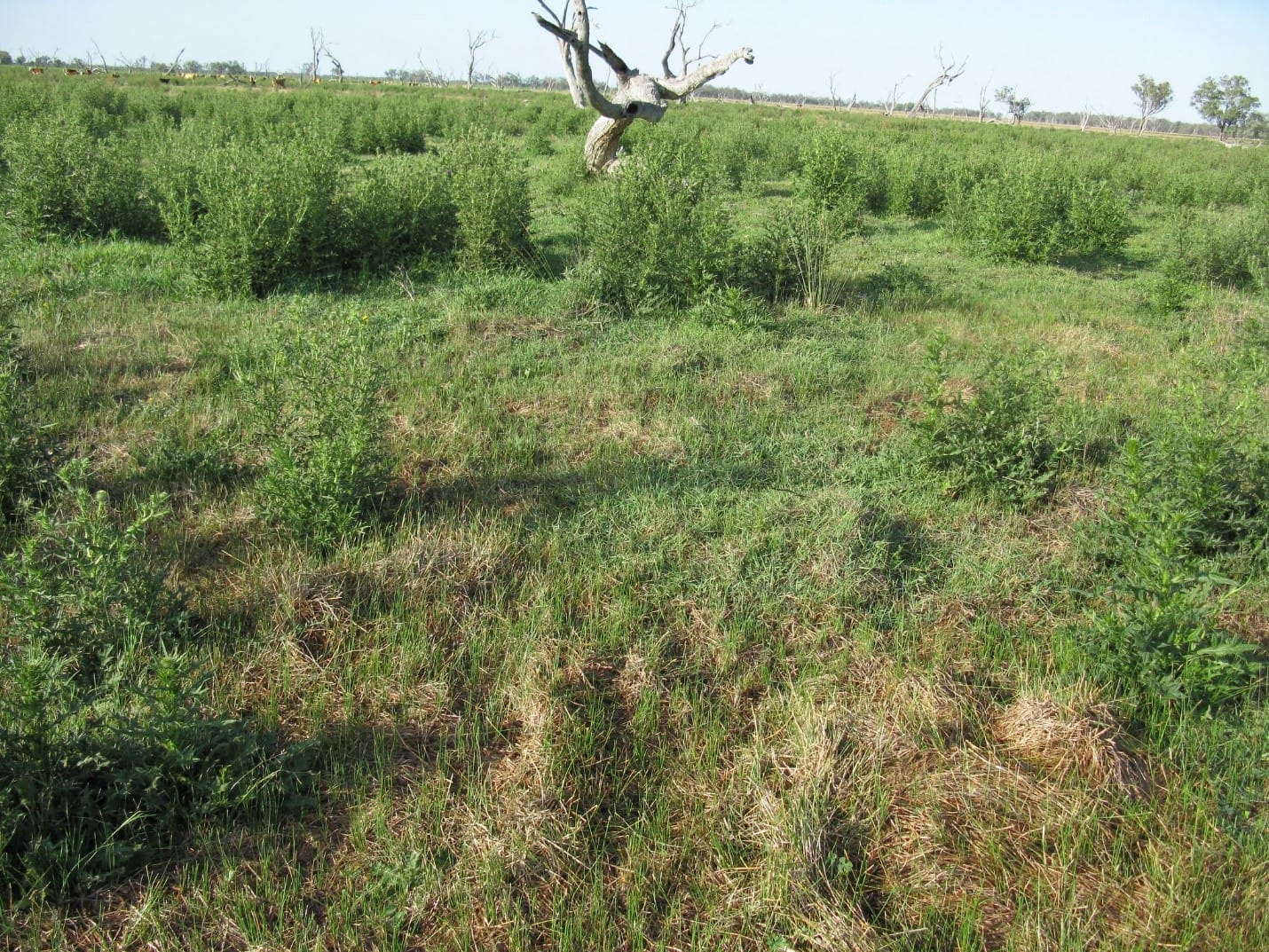Article Summary:
Grazing is a double-edged sword. Because it can benefit as well as damage your pastures. How? Because poor grazing management can lead to overgrazing. And overgrazing can in turn destroy the complex ecology of the soil and trigger soil erosion. However, it need not be that way. Find out how you can use proper grazing management to reduce soil damage.
Grazing is a double-edged sword. Because it can benefit as well as damage your pastures.
How? Because poor grazing management can lead to overgrazing. And overgrazing can in turn destroy the complex ecology of the soil and trigger soil erosion. However, it need not be that way. Find out how you can use proper grazing management to reduce soil damage.

We all know how important soil is to you as a farmer. It is a dynamic resource that supports plants. It comprises a mix of healthy ingredients like sand, silt, clay, organic matter and numerous species of living organisms.
What is soil health?
Soil quality is the capacity of a certain kind of soil to function within natural or managed ecosystem boundaries, sustain plant and animal productivity, maintain the quality of water and air and support human health and habitation.
Pastures and soil erosion
Pastures are generally vulnerable to excessive soil erosion because they are usually on sloping land which is suited for the production of crops. However, the intensity of grazing can cause soil compaction which in turn leads to surface runoff.
Certain management practices like avoiding overgrazing like the plague and finding alternate water supplies can reduce soil erosion and animal degradation of pasture.
Vegetation in riparian areas
Maintaining vegetation in riparian areas, that is, areas beside water bodies is a great way to protect your soil. Fence your cows away from the creeks, streams and rivers. When you have a riparian zone that is well vegetated, it slows runoff and allows it to settle out sediments and nutrients, thereby reducing bank erosion.
Allowing vegetation to establish on a creek brank via limited-access grazing can slow water flow, reduce its erosive power, allow the sediment to drop out and hold stream banks in its place.
Shoots & roots
Plant roots anchor plants to the soil, take up water and nutrients and also help the plants survive stress from drought, cold, heat and grazing. One of the main challenges a livestock producer faces is not knowing how close to graze or mow plants while maintaining as much productivity as possible. The top growth of a plant is proportional to the root growth.
Every year, 1/3rd of the roots die and should be replaced. The amount of leaf volume removed has a direct effect on the growth of new roots. If too much of the top growth is removed, the roots do not get replaced and they die. However, when the leaf area is left at the right length, the roots support plant growth. Thus, grazing should be done in a planned manner to ensure that too much of the plant is not grazed and left to die.
This is where rotational grazing comes in, an effective grazing system where plants are given enough time to recover and bounce back to full productivity.
Bare spots & bare soil
Bare ground, as the name suggests, is soil that is bare and not covered with plants. Pastures with bare soil are at great risk of runoff and erosion. It also encourages the growth of ‘invader plants’.
When the pasture has a lot of invader plants, more bare soil exists and runoff increases a lot. Since less water gets into the soil due to runoff, wind erosion and water erosion increase, making the land less resistant to drought and weeds.

Grazing management techniques
Avoid overgrazing:
When your cows are elbowing each other at a paddock, it can lead to either poor or nonexistent stands of vegetation. These poor stands of vegetation leave soils exposed to the surface water runoff which causes soil erosion. Resowing your pastures is a huge expense – instead, maintaining your existing vegetation properly is the best alternative.
Day and night feeds
Allocate your day and night feed separately. You could do two-thirds of the feed during the day and one-third at night so that the night feed does not get contaminated. Your cows also ending up walking less and resting more!
Your pasture cover should be at least 2500 Kg DM/ha before a grazing event, in order to avoid major pasture damage. Which in turn can lead to poor yields and more supplemental feed costs.
Shifting fences
Shift your fences two or three times a day to reduce contamination. This fence-shifting technique also reduces pugging on the daily allocated pasture portions.
Backfence when cows graze a paddock for more than one day. Strip grazing without a back fence reduces growth. When wet soil is trampled on over and over again, it gets weaker and weaker, thereby increasing the pugging damage.
Slow your rotation
Begin in early autumn with a slow rotation to build a feed wedge for winter. Ideally you should have a pre-grazing target of more than 2500 kg DM/ha before animals graze a particular paddock.
If your rotation is too fast, then your pasture will not be able to reach its optimum growing height, as a result of which you will need more stored feed in winter. When the cows return to wet damaged paddocks, they’re only bound to cause more damage!
Long grass
Make your cattle graze longer grass! Longer grass protects the soil much more than shorter grass does. Also, with longer grass, cows can chew and chomp on it much easier and therefore will not waste time walking around the paddock in search of more feed. From a plant perspective too, regrowth is much faster from a taller pasture.

Rotational grazing
As you may already know, we folks at pasture.io are huge fans of rotational grazing. And we’re going to give you a few more reasons just why that is! Cows are choosy creatures. They have a pretty accurate sensor that points out to them just where the most palatable species are, and that’s exactly where they’re going to head.
When they’re not rotated, and instead given a large area to graze, they feast on all the palatable pastures and leave the undesirable ones to thrive.
Also, when a plant is grazed, it begins to grow back almost immediately. And cows just love grazing on this fresh regrowth which makes the roots shrink and the plant die. When the plants die, it causes bare spots in the pasture which increases soil runoff and soil compaction. This decayed land then becomes warm and fuzzy homes for weeds and pests. Overgrazing is one of the main reasons that pastures and soils deteriorate.
Ground cover
Maintaining a ground cover of at least 70% via the right grazing methods can minimise rainfall loss through evaporation and surface runoff. Fence off all wet areas, gullies, or sites where erosion is active and do not allow your stock onto waterlogged areas.
This protects pasture roots from trampling damage. Also, avoid making permanent wheel tracks on slopes down which water could flow and start the erosion process. Install interceptor drains, absorption banks, or grassed waterways in landscapes where surface run-off or erosion are bound to happen.
A 20% ground cover can lead to 160 mm run-off water loss and soil loss of 8.5 mm/year.
A 40% ground cover can lead to 90 mm run-off water loss per year and soil loss of 4.0 mm/year.
On the other hand, a 70% ground cover will lead to only 10 mm run-off water loss and 0.3 mm soil loss per year.
With a 70% ground cover, there is good microbial activity, high organic matter content, good soil structure, soft soil surface, high water infiltration, high green leaf and plant vigour, good plant production and sustainability – all of which are good checkpoints to consider when doing an overall analysis of your soil and the relationship it has to your grazing management practices.
Ultimately, the end goal of grazing management is to make sure that it supports all other aspects of your farm’s eco-system. Want to measure and manage your pastures more effectively? Consider signing up for our automatic pasture measurement service.
Learn more about our grazing management articles. Until we meet again, happy farming!
- The Dedicated Team of Pasture.io, 2021-06-02